Vector Laboratories is closed for the President’s Day on Monday, February 19th. We will be back in the office on Tuesday, February 20th.
We will respond to emails upon our return. Have a wonderful day.
Menu
Vector Laboratories is closed for the President’s Day on Monday, February 19th. We will be back in the office on Tuesday, February 20th.
We will respond to emails upon our return. Have a wonderful day.
Tomato lectin (from Lycopersicon esculentum) is an effective marker of blood vessels and microglial cells in rodents. Conjugation of the lectin with fluorescein facilitates fast, one-step detection and visualization using intravascular perfusion methods or direct application to tissue sections.
| Unit Size | 1 mg |
|---|---|
| Applications | Immunofluorescence, Glycobiology |
| Recommended Usage | The recommended concentration range for use is 5-20 µg/ml. |
| Recommended Storage | 2-8°C |
| Maximum Excitation | 495-500 nm |
| Maximum Emission | 514-521 nm |
| Solution | 10 mM HEPES, 0.15 M NaCl, pH 7.5, 0.08% sodium azide, 0.1 mM CaCl2, 5mg/ml β cyclodextrin |
| Concentration | 2 mg active conjugate/ml |
| Conjugate | Fluorescein |
| Color of Fluorescence | Green |
| Sugar Specificity | [GlcNAc]1-3, N-Acetylglucosamine |
Yes, there are a number of published references describing the use of TrueVIEW Autofluorescence Quenching Kit in the scientific literature. Please refer to a partial list of these publications in the Technical Information section of the product detail page for SP-8400.
Tomato lectin is a very stable single subunit glycoprotein containing about 50 percent arabinose and galactose and may form multimeric aggregates in solution. Tomato lectin, although sharing some specificities with potato lectin, Datura lectin, and wheat germ agglutinin, has been reported to be dissimilar in many respects. LEL binds well to glycophorin and Tamm-Horsfall glycoprotein and has been used effectively to label vascular endothelium in rodents.
Accompanying each fluorescent lectin is an analysis data sheet summarizing the results of our quality control tests and providing pertinent information on the product. All of these reagents are supplied as solutions preserved with sodium azide.
Fluorescein labeled Tomato lectin has an appropriate number of fluorochromes bound to provide the optimum staining characteristics for this lectin. This conjugate is supplied essentially free of unconjugated fluorochromes.
Inhibiting/Eluting Sugar: Chitin Hydrolysate
Applicable patents and legal notices are available at legal notices.
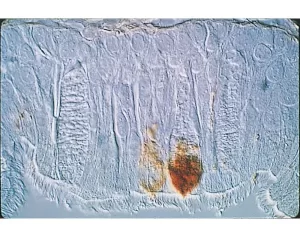
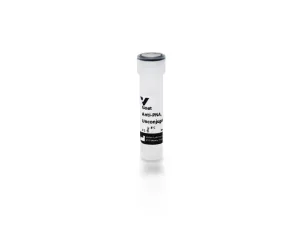
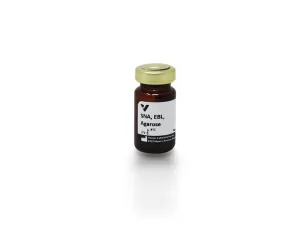
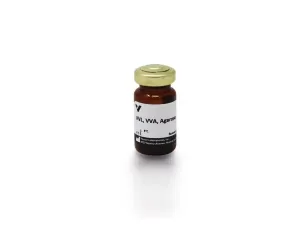
Stay in the Loop. Join Our Online Community
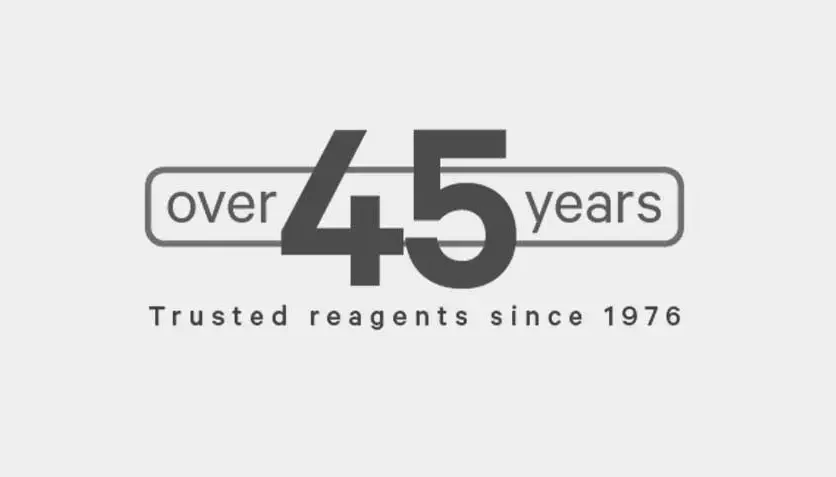
©Vector Laboratories, Inc. 2024 All Rights Reserved.
How do I Request a Quote?
To request a quote for products: